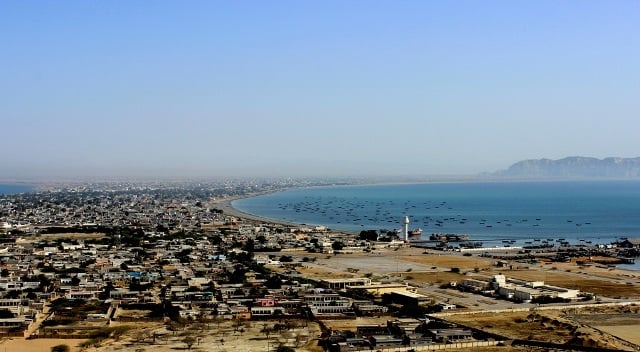ISLAMABAD: In the mushrooming landscape of Gwadar, the pivotal gateway of the China-Pakistan Economic Corridor (CPEC), a remarkable transformation is underway as the city rapidly evolves into an international business hub.
However, this meteoric rise in economic activity comes hand in hand with an escalating demand for electricity.
Recognising the critical need to address the increasing power requirements of the Makran/Gwadar region, with a focus on short-, medium-, and long-term scenarios, the government has laid out comprehensive plans to bolster the city’s energy infrastructure.
According to Gwadar Pro, the National Electric Power Regulatory Authority (NEPRA) on Wednesday released the power supply options for Makran/Gwadar from short to medium scenarios.
As per NEPRA’s document, operational since 2003, 70 to 90 MW of electricity is imported from Iran on the existing 132 kV transmission line (T/Line) from Jackigoor to Mand (Gwadar).
An additional 100 MW electricity is imported from Iran via 51 kilometres of T/Line from the Polan area of Iran to the Pak-Iran border and the interim 132 kV supply link from the Pak-Iran border (Gabd) to Gwadar-Jiwani T/Line was completed in February 2023.
The permanent 220 kV supply link will be completed after the funding arrangement from EDBI of Iran and completion of Gwadar 220kV G/Station and remaining 45 km T/Line in 18 months’ construction time.
70-80 MW electricity has been achieved by linking the 132 kV network of Makran/Gwadar to the national grid in June 2023. The Quetta Electric Supply Company (QESCO) has completed the 132 kV transmission line between Basima-Nal-Nag-Panjgur).
As per NEPRA, the power supply options for Makran/Gwadar in the medium term include the 300 MW Coal Fired Power Project (CFPP) at Gwadar under the CPEC framework. The project will be completed by December 2025 and the power will be evacuated through 132 kV T/Lines to be built by QESCO.
The power supply options for Gwadar in the long term scenarios are bulk supply from the National Grid to Makran/Gwadar Network via the 500 kV T/Line from the Southern NTDC network along the coastal highway via Ormara to Gwadar along with 132 kV network expansion in the network.
A two-phase development may be adopted in consideration of the load growth in the Makran/Gwadar network including the China-Hub CFPP– Ormara 500 kV T/Line (approx. 335 km) and Ormara– Gwadar 500 kV T/Line (approx. 260 km).
Reactive power compensation for voltage support at Ormara and Gwadar is also part of the long-term scenario.
The total power supply capacity of these projects will be 900-1000 MW.























